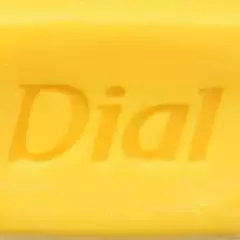K&D No.128 Improved Mainspring Winder Set
-
Recently Browsing
- No registered users viewing this page.
-
Topics
-
Posts
-
Hello, looking forward to participating on the forum here! I will mostly be listening and asking questions since I am an amateur hobbyist. I have most of the beginner hand tools and a Timegrapher. The extent of my tinkering consists of a successful Seiko 7S26 to NH36 movement swap inside an all original 1997 SKX007, along with a bunch of battery changes for friends and family. I have yet to tackle full disassembly and cleaning. Right now, I don't really have the budget or time to invest in a cleaning setup (even manual cleaning), but hopefully soon! I joined because I recently purchased a mechanical Timex Camper from 1994, and my searches for information regarding servicing and swapping out these Timex mechanical movements consistently led me to Watch Repair Talk. There is also a wealth of knowledge here about dial design, another area of interest for me. My other hobbies includes leather working (mostly small pieces, shoes eventually), crochet, sewing (would love to make clothing), design (especially type design), home espresso, cocktails, and tennis. I want to buy a film camera, but I don't need yet another expensive hobby involving last-century technology. Yes, I have ADHD.
-
By luiazazrambo · Posted
HWGIKE#60 Accurist ETA 2390 Swiss lever, 21 jewels, full service A slim Accurist with a nice movement, eventless service, nice performance. -
Greetings, all. New to the forum and the red bar at the top of the screen said to introduce myself. Happy to do it. I'm an electronics guy by trade, pushing around electrons for the music industry here in Nashville. This forum has already been a great resource. Thanks to all who contribute. All the best, -barry.
-






Recommended Posts
Join the conversation
You can post now and register later. If you have an account, sign in now to post with your account.
Note: Your post will require moderator approval before it will be visible.